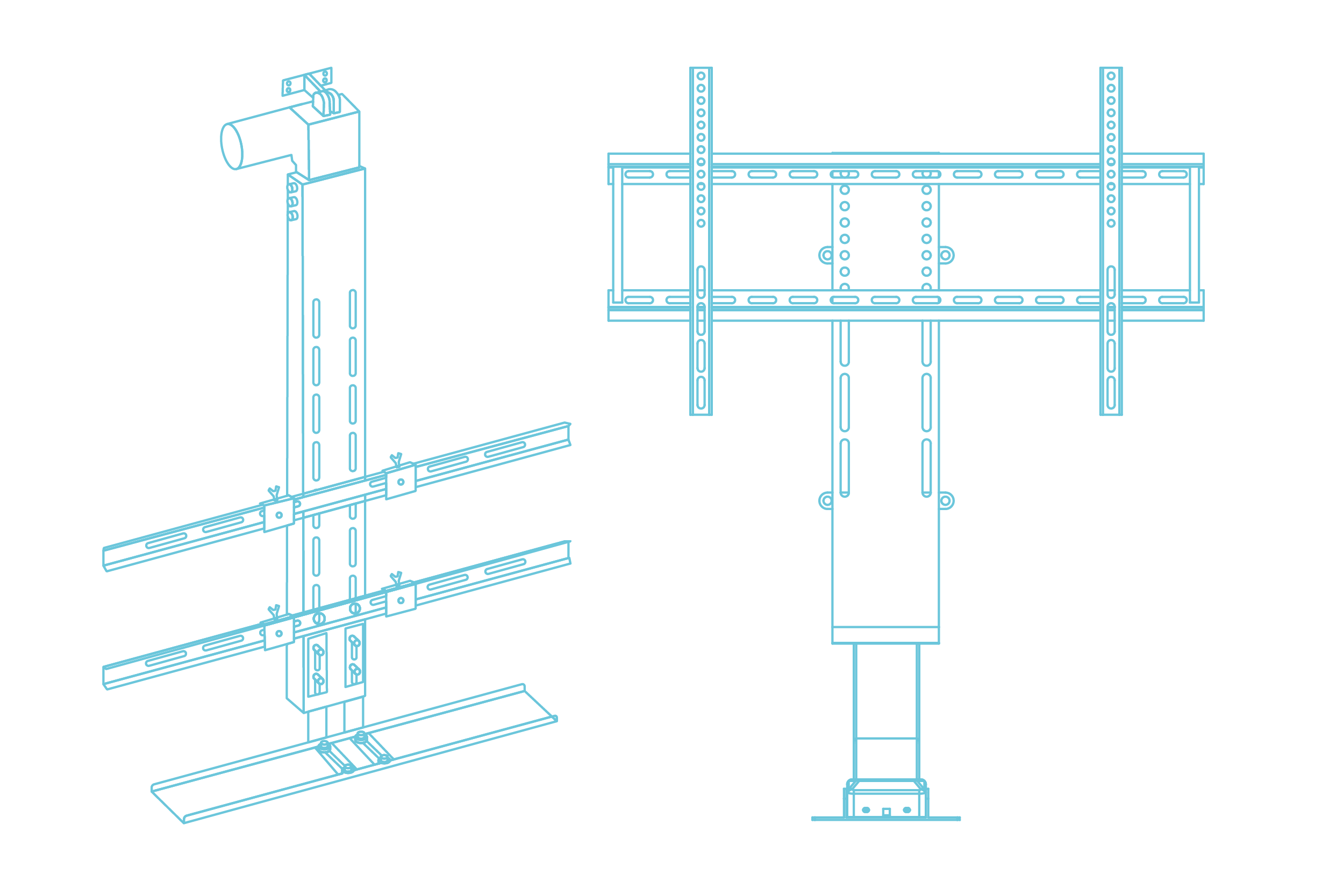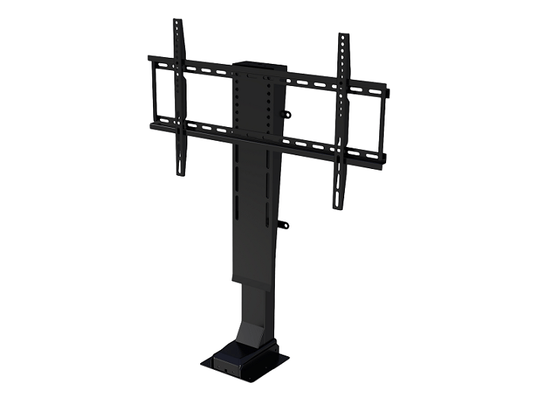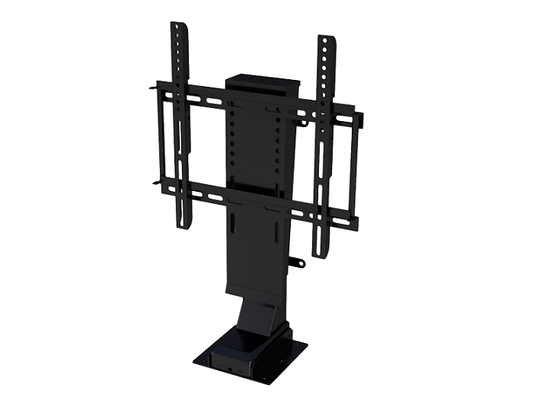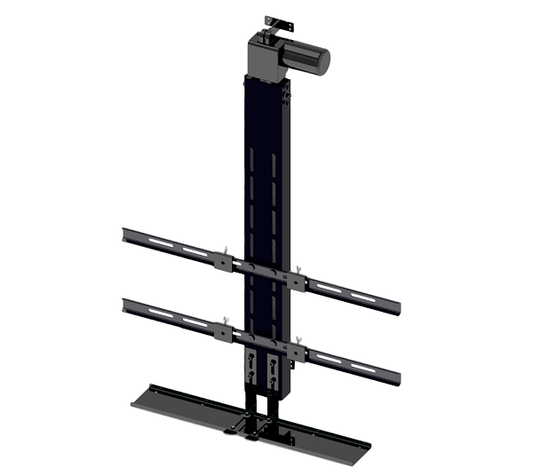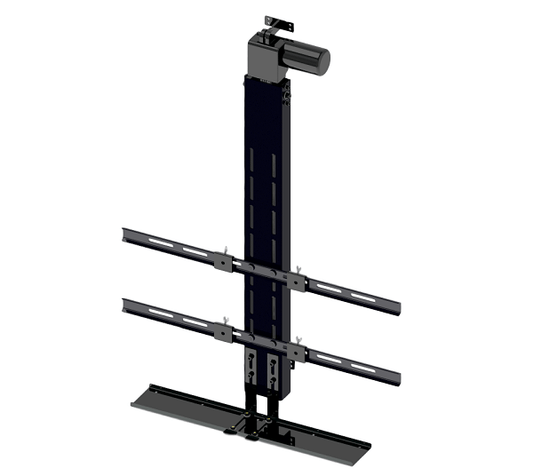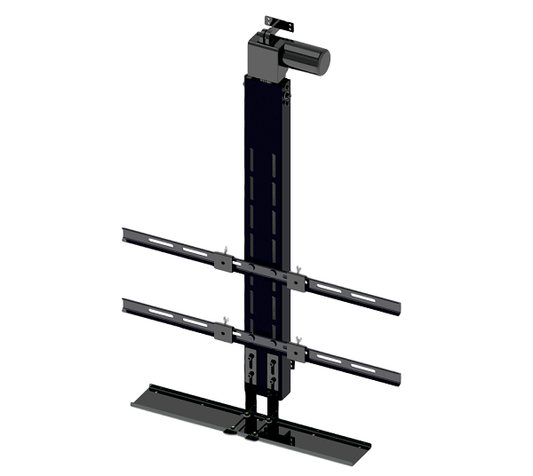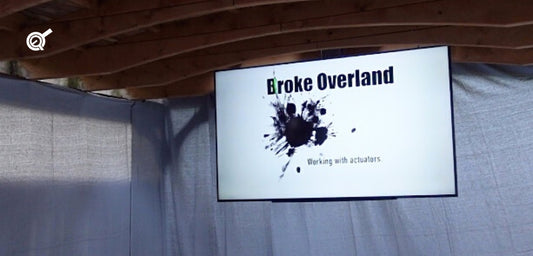-
Motorized TV Lift - 32" - 60" TVs - 38.8" Stroke
Model TY-01$439.99 USD -
Motorized TV Lift - 32" - 60" TVs - 25.4" Stroke
Model TY-01-25$429.99 USD -
Drop Down TV Lift: Up to 55" TVs
Model TY-05-30$599.99 USD -
Drop Down TV Lift: Up to 75" TVs
Model TY-05-40$625.99 USD -
Drop Down TV Lift: Up to 95" TVs
Model TY-05-50$645.99 USD
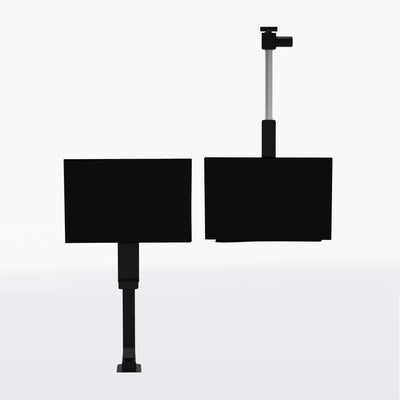
Compact and quiet, our pop-up TV lifts are an ideal choice to conceal screens and monitors. Due to its slim size and easy adjustability, our TV lifts are quick to mount with just a few screws and are popularly used to keep your television out of sight until it’s needed.
Our drop-down motorized TV lift models packs an incredible combination of features. In seconds, you can lower your television from the ceiling and raise it back to hide in plain sight when it’s not being used. It’s slim dimensions, size compatibility and easy installation makes it a popular choice for homeowners, professionals and innovators to use in their living room, kitchen, offices etc.
Progressive Automations offer TV lifts in a variety of sizes for use in different applications. Our TV lift systems can support up to 150 lbs. and can lift TV’s as large as 95”. Included in each set is a wireless remote, control box, mounting brackets and power cables. We also ensure that there are no exposed tracks, scissor or cables and gear with our TV lift sets and every unit is safe to install and use. Each model includes full protection by providing a great warranty as well as live support from our team of skilled engineers.
If you don’t like your TV screen or monitor dominating your room décor, we have a solution for you - buy a TV lift mechanism which will help tidy your space and make it look less crowded. The trend for decluttering has grown especially in smaller living spaces. Residents are investing in modular furniture to incorporate in their small space. With our range of pop-up and drop-down TV lifts you can easily conceal your TV set in a cabinet or within the ceiling or walls of your home.
TV lifts also give you the flexibility to be creative. Many owners use TV motorized lifts to enhance their outdoor space, from placing a Television in their backyard or patio to installing one by the swimming pool. People have found many ways to up level their entertainment aesthetics.
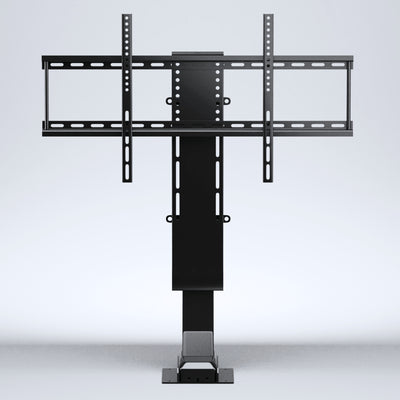
With our TV lift mechanism, the possibilities of installation are endless, from fitting it behind your fireplace, inside a cabinet, on top of a dresser to mounting a drop-down TV lift from the ceiling, you can view television just the way you want it!
Additionally, you can build also your own TV lift system using our powerful linear actuators, giving you the opportunity for limitless flexibility for installation and control. Easy to set up and cost effective, all you will need for this are 1-2 linear actuators, mounting brackets, guide rails and wood materials! To learn more read our blog – How to choose the correct drop down TV lift or give us a call at 1-800-676-6123. Our support team of experienced engineers would love to help you in selecting the appropriate TV lift.
We work with customers from different industries and are happy to explore more opportunities to service organizations with our TV lift systems. From Professional AV integrators, cabinetmakers to architects and interior designers, choose our product for its easy integration, high quality, durability and ultra-quiet operation.
In the home automation setting, several interior designers and architects buy our TV lift sets to conceal flat screen televisions or items without changing the design aesthetic of a room or space.
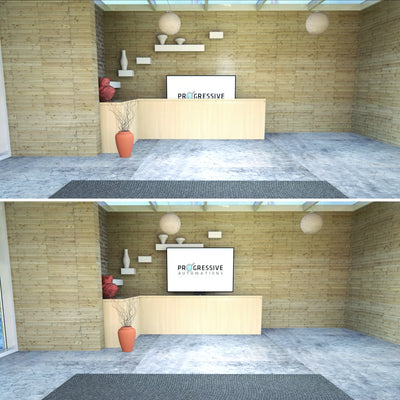
The pop-up style TY-01 variants support most flat-panel TVs from 32" to 60" using standard VESA mount support. Drop-down TY-05 variants cover TVs with a screen size range from 55", 75", and even 95", depending on model, and work with Standard FDMI MIS-F VESA Compatibility.
Yes. The TY-01 variants are suitable as hidden TV lift mechanisms in various furniture integrations, such as cabinet installations. Motorized ceiling TV mounts from our TY-05 variants are designed for ceilings or overhead enclosures.
All our TV lifts can be controlled using the included wireless RF remote by pressing UP or DOWN to drive motion. The TY-05 variants also come with a wired TV lift switch for manual control, while the TY-01 variants offer a spare wired remote for multiple control options.
Yes, all our motorized TV mounts come with a wireless remote included. The TY-05 variants also have a spare wired rocker switch, while the TY-01 variants come with a spare wired remote.
- TY-01 motorized TV stand: Has a load rating for dynamic load, upside-down dynamic load, and upside-down static load of 135 lbs, and static load of 155 lbs. Sized for 32"–60" TVs.
- TY-05 motorized ceiling TV mount: Has a load rating for dynamic load of 140 lbs and static load of 110 lbs. Variants cover TVs with a screen size range from 55", 75", and 95”.
Yes, they ship as complete kits with all the necessary components, intuitive designs, and a user manual for the installation guide to ensure quick and simple user-friendly setup.
Yes, use the remote to control and stop at any point between fully extended and fully retracted to make the most of the adjustable height range.
These electric TV mounts are designed as enclosed mechanisms with no exposed scissor tracks and include built-in limit switches in their actuators as safety stops to prevent over-travel and over-retractions. Correct sizing, VESA mounting, and staying within weight limits are key to safe operation in any electric TV mount.
Smart home integration is possible by using the wired control input with a smart relay (dry-contact) that mimics the up/down trigger. Check out the wired remote pinouts below for more information:
A pop-up lift raises a TV out of a cabinet or enclosure (ideal for credenzas and foot-of-bed installs), while a drop-down lowers a TV from a ceiling for space-saving, clean overhead TV concealment options—choose based on where you want the TV to disappear when not in use.
